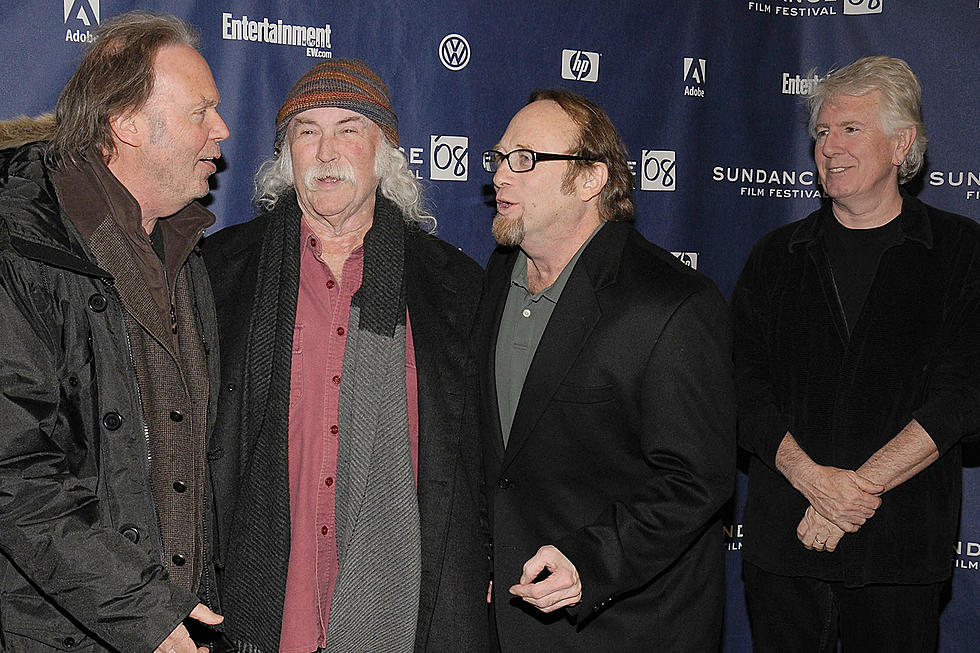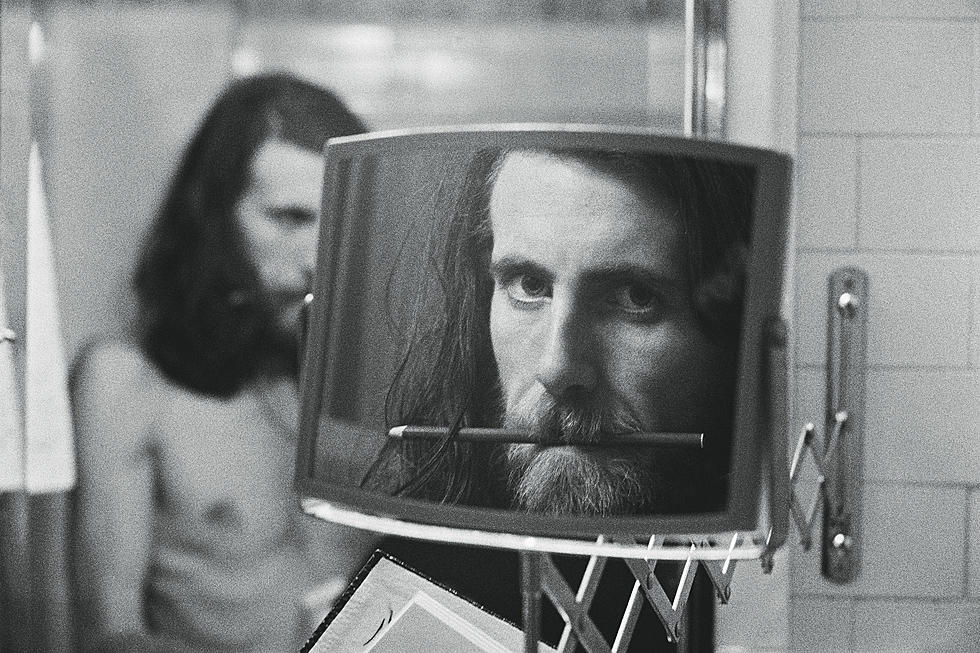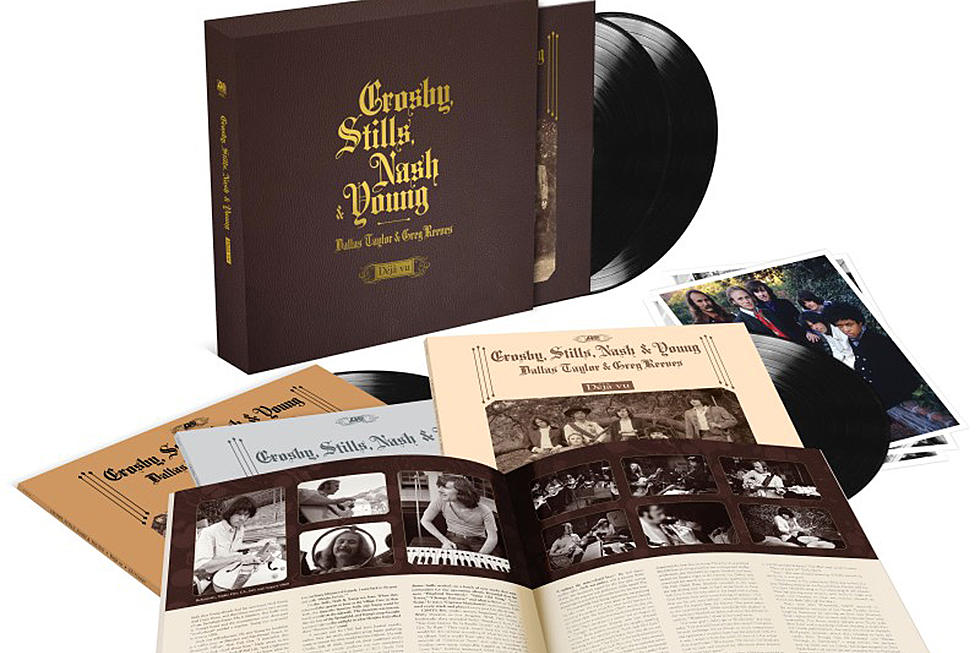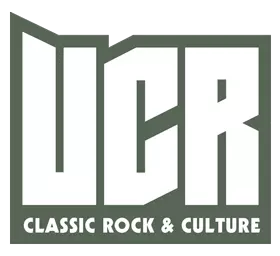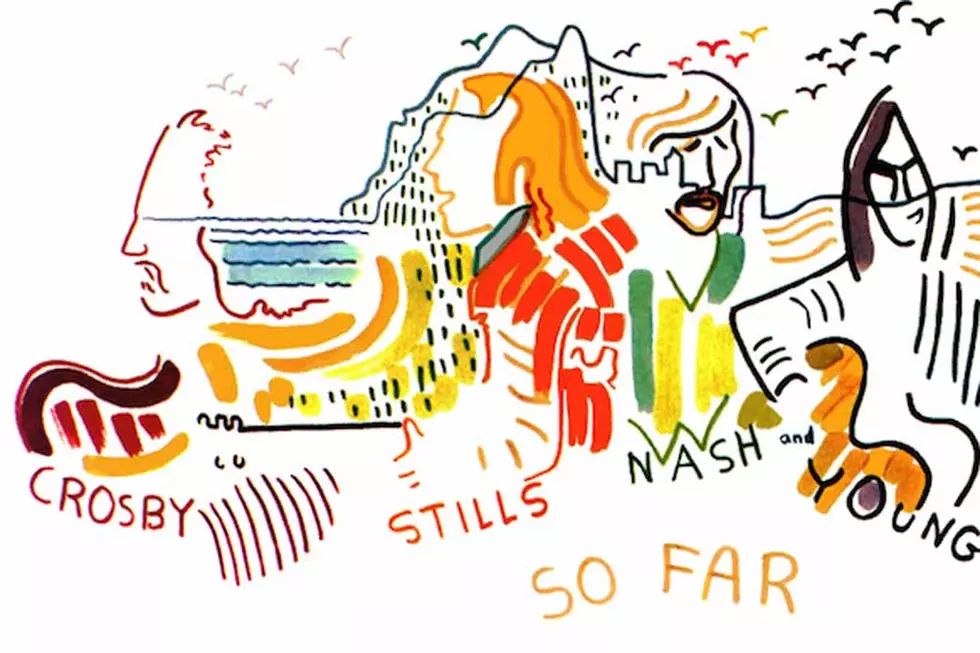
How Crosby, Stills, Nash and Young Bought Time With ‘So Far’
Released on Aug. 19, 1974, So Far represented nothing more than a label stopgap measure as Crosby, Stills, Nash & Young reconvened for a tour without the benefit of a new project to promote.
Odd, because up to this point, the group (in one form or another) had released only a scant 22 songs between 1969's Crosby, Stills & Nash and 1970's Deja Vu, which added Neil Young to the mix. The premature So Far was forced to include almost half of them: nine songs from the two albums plus both sides of the "Ohio" single, which was released in 1970 and had yet to appear on an album.
But CSNY were just getting started, and more drama would follow. Not long after the release of a poorly received double-live album in 1971, prophetically called 4 Way Street, the group split for the first of many times. “I thought that record was atrocious,” Stephen Stills told Crawdaddy's Cameron Crowe in 1974. “We all did.”
They were, alas, not necessarily better apart, with the exception of Young – whose career was soaring.
In the years between 4 Way Street and So Far, David Crosby released his solo debut, If I Could Only Remember My Name, but then fell silent as a solo artist until the late '80s. Graham Nash managed a Top 15 hit with his solo debut, Songs for Beginners, in 1971 and followed it up with the lesser-regarded Wild Tales. Stills took his own 1971 solo record, Stephen Stills 2, to No. 8, but that was it.
Then there was their erstwhile partner Young, whose 1972 smash Harvest went four-times platinum in the U.S. He released the gold-selling Top 15 LP On the Beach the very summer that So Far arrived.
Seems Crosby, Stills & Nash badly needed Young's creative injection, some sort of spark. A proposed 1974 reunion album and tour would be more than a financial windfall. It could help get their careers back on track. Still, coming together again with the volatile and hardheaded singer-songwriter would prove to be both a career boost and a consistently unsettling thing for CSN, as it had from the beginning.
"I love him to death," Nash told the AP years later. "I'll make music with him for the rest of my life, but he's a very selfish man. Part of me admires the fact that he has the strength to follow his muse, but he doesn't realize that there are other people involved in this world."
Listen to CSNY Perform 'Ohio'
And so they came into this partnership well aware of its strengths ... and weaknesses, cognizant that Young's volatile presence would forever change their essential alchemy, but still interested enough in what might happen to try. Stills and Young, after all, had shared an earlier, and just as mercurial, time in Buffalo Springfield in the mid-'60s.
“At first, Graham and I didn’t want to do it,” Crosby said. “We knew we had something that worked well and we didn’t want to fuck with it. Stephen, though, knew we needed Neil for the stage shows. We couldn’t cut it as just an acoustic act. We went out to Neil’s house one afternoon, and he played some songs for us. He played ‘Helpless,’ and by the time he finished, we were asking him if we could join his group. He’s a better poet than the rest of us put together. I hadn’t known him well at all before that, now he’s one of my best friends in the world. He’s crazy, of course, but then again we all are.”
"Helpless" would become a cornerstone of both Deja Vu and So Far. But the latter collection lacked their earlier album's innate continuity of spirit -- not uncommon among compilations. It also arrived before there had been enough time to put the towering achievements of their two records into proper perspective. And with the unexplained absence of "Marrakesh Express," So Far couldn't even really claim to be a greatest-hits set.
It didn't have to be this way. The word was that Crosby, Stills, Nash & Young were wrestling with a new album at the time, but, in what would become a time-honored tradition for the fractious quartet, nothing became of the sessions. In fact, CSNY wouldn't release another studio album until 1988's American Dream, and have managed only one more since then, 1999's Looking Forward.
Young had apparently saved at least one song from On the Beach, "Human Highway," that was supposedly considered as the title track for the new CSNY album. Back then, Crosby thought it was a sign of good things to come.
“That was a very strange thing for him to do,” Crosby admitted, in that 1974 talk with Crowe. “Neil is a very self-orientated man. He seldom acts against his own self-interest. ... I thought that was an enormous sign of everything we were looking for in each other. Affection, respect -- partnership. That’s what it’s all about. That’s what we’re all about. I honestly believe we’re not gonna lose our way this time around.”
Nash, meanwhile, could only add: “Wish us luck.”
Listen to CNSY Perform 'Human Highway'
They'd need it. Crosby, Stills, Nash & Young mounted what became a celebrated stadium tour in 1974, apparently arguing all the way, and then scattered once more. The group couldn't even agree on releasing tapes from these shows, causing delays that stretched out over four decades until Nash finally pushed through a heavily re-produced box set in 2014.
This takes nothing away from the music found on So Far -- a mystical, ever-intriguing blend of pastoral sweetness ("Woodstock") and scarring grit ("Ohio"), of weird portent ("Wooden Ships") and exultant passions ("Suite: Judy Blue Eyes"), of brokenhearted reverie ("Helpless") and Arthurian lust ("Guinnevere"). These sounds had been heard before, however, and these praises given.
Nash has since admitted that the idea of releasing a hits-package so soon into their career was absurd. Moreover, he always considered them to be an album-oriented act, anyway. "I’m not particularly interested in singles," he said in 2013. "I like to put people on a musical journey when they listen to our albums [...] And we’ve always tried to make albums where every single track has a reason for being and has a raison d’etre and has to be there."
Nevertheless, So Far quickly became Crosby, Stills & Nash's third chart-topping album in a row, eventually going six-times platinum. At the time, fans purchased So Far because it included the first album release of Young's "Ohio" and its B-side "Find the Cost of Freedom." Beginning in the '90s, even that excuse evaporated when both songs ended up on remastered box sets. (There's also the cover image drawn by Joni Mitchell, who also penned the set's "Woodstock," but not much else.)
Ultimately, So Far ended up being about as satisfying as its title would indicate. It was good but not great, of its moment and certainly anything but definitive.
Neil Young Albums Ranked
The Best Crosby, Stills, Nash and Young Fight Stories
More From Ultimate Classic Rock
